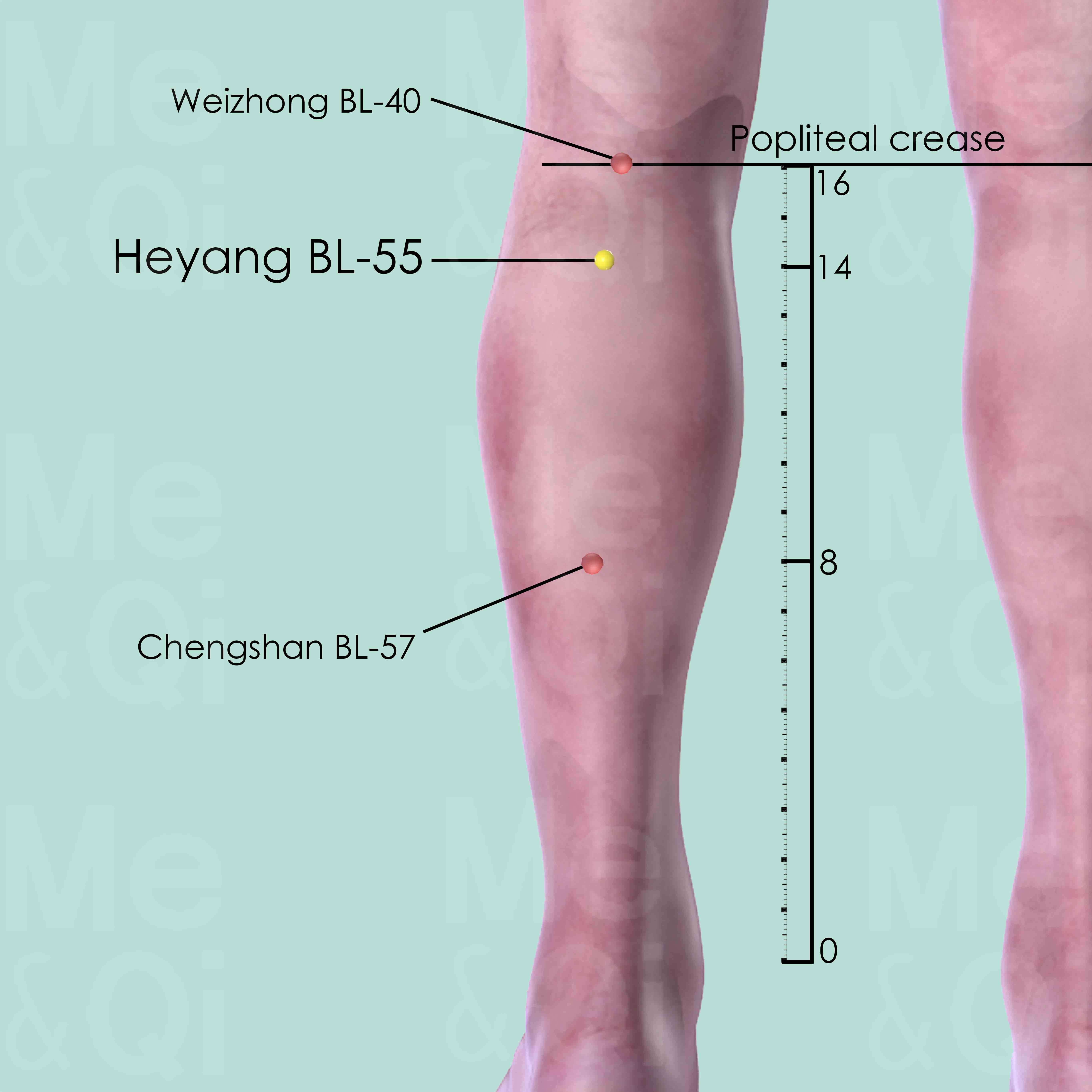Hot Kneeaccording to TCM
Symptom families: Heat Sensations and Intolerance, Joint Symptoms, Knee Conditions
Did you mean? Swollen Knee
What is Hot Knee?
A "hot knee" is a term often used to describe a knee that feels unusually warm to the touch, an indication of underlying inflammation or heightened blood flow to the joint. This symptom can manifest as localized warmth, visible redness, and a sensation of heat within the knee, sometimes accompanied by swelling or pain.
While warmth in the knees can be a natural response to exercise, persistent or excessive heat, particularly if one knee is significantly warmer than the other, can be a sign of an underlying medical issue requiring attention.
How does TCM view Hot Knee?
Traditional Chinese Medicine (TCM) interprets a hot knee as a potential indication of an imbalance in the body's internal energies, with heat often arising from an excess condition. TCM practitioners look for patterns of disharmony that may contribute to this symptom, such as Stagnant Qi, a buildup of Damp-Heat, or an excess of Yang.
The identification of these patterns is critical, as TCM seeks to restore balance and harmony within the body, not just to address the symptoms but to alleviate the source of the problem for lasting relief.
Acupoints for Hot Knee
To address the sensation of heat in the knee, TCM recommends specific acupoints that can help to clear heat and resolve underlying imbalances. One such point is Heyang BL-55, located on the Bladder Channel. When stimulated, it is believed to remove obstructions from the channel, which, according to TCM, can help reduce the sensation of heat.
Acupuncture treatment for a hot knee would be tailored to the individual, based on a thorough assessment of the pattern causing the symptom, as part of a holistic approach to restoring health and balance.
See more details below about Heyang BL-55, an acupoint used to address hot knee.
- By Meridian
- Bladder Channel

Heyang BL-55
2 cun directly below Weizhong BL-40, between the medial and lateral bellies of gastrocnemius muscle, on the line joining Weizhong BL-40 and Chengshan BL-57.
